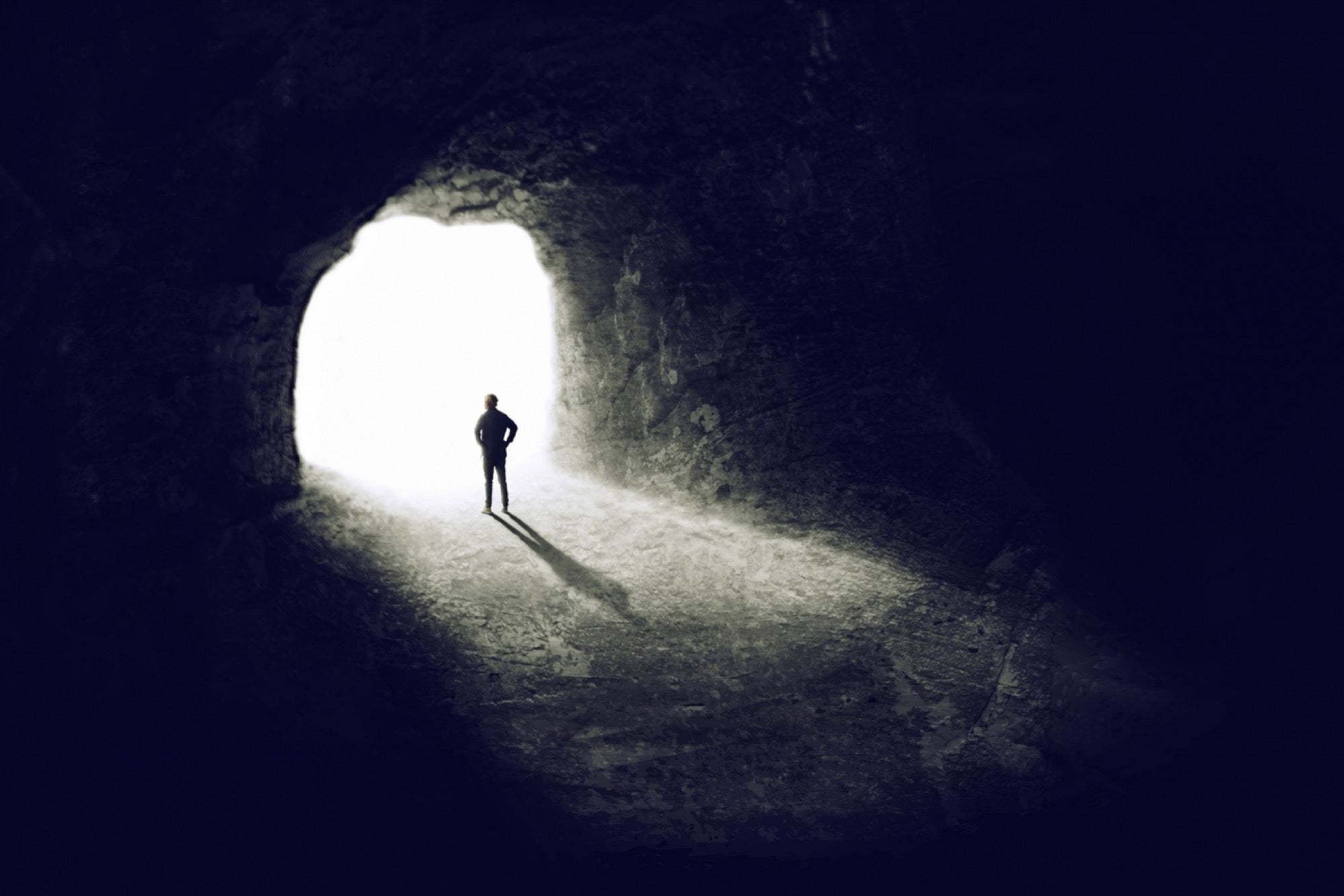#fear
“Fear may not be our favorite emotion, but this powerful sensation goes a long way in keeping us safe”–Paul Ebeling
This phenom is what interests Shmuel Lissek, PhD, associate professor of psychology in the College of Liberal Arts. Dr. Lissek leads the Anxiety Neuroscience Grounded in cross-Species Translation (ANGST) Lab, which studies what happens in the human brain and body during fear-related learning, memory, and decision making. His team’s research can help reveal where psychological states like fear and anxiety “happen” inside our brain and help shed light on how to treat those who suffer from anxiety disorders, including post-traumatic stress disorder (PTSD).
Humans can “learn” new sources of fear through a process called Pavlovian conditioning, where adverse or harmful outcomes, especially repeated ones, make us fear cues of those outcomes. The strong emotional response often spurs people to change how they react to their environment to avoid the source of the fear an adaptive behavior that helps them limit harm in the future.
One way this can become a problem is through the generalization of that fear, which leads people to interpret a fear signal too broadly and begin to avoid nonthreatening stimuli, changing parts of their lives to avoid situations that posed no danger.
“One of the things we’re pursuing now is identifying the brain basis for this generalization process, as well as brain mechanisms that link the Pavlovian generalization to maladaptive avoidance,” he said. “The idea is that the laboratory models the maladaptive avoidance that is ubiquitously seen in the anxiety disorders.”
The fear archetypes include: The Procrastinator, the Rule Follower, the People Pleaser, the Outcast, the Self-Doubter, the Excuse Maker, and the Pessimist.
#1 is the Procrastinator
The Procrastinators often obsess over the end product or outcome of whatever they’re doing and insist on it being perfect. Because of this: They tend to spend too much time planning and researching instead of simply diving in. They hold themselves back from even getting started in the first place.
For Procrastinators: It’s important to push past that fear of starting.
Getting started may feel like a big hill to climb, but you cannot edit or revise something that does not exist. Be careful not to place energy into a perfectly finished product, instead use it to troubleshoot an outline or an initial push.
Allow yourself the opportunity and space to make the ‘wrong’ decision, and if you do, assure yourself that it is OK
Have a happy, prosperous day, Keep the Faith!









